After a brief hiatus, the sun has returned and made way for SUMMER!
Which means head to the river, lakes, bays, and ocean — any body of water for cooling fun. There are some options that are better than others depending on your recreation desires. Always have kids in a life jacket near any water. Many of our local bays, lakes and dock areas have kiosks with life jackets of various sizes for kids. Please be safe, instead of sorry. Here are some helpful reminders and tips to take with you:
THE OCEAN: Never turn your back on the ocean.
The “best place” to wade and splash in the ocean? There isn’t one, unless you are wearing a wetsuit, have a surfboard or other flotation device …
Every time you are going into the water:
Take a moment.
Look for a minute or two.
It’s hiding in plain sight.
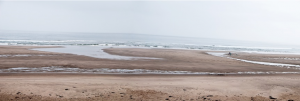
Know where to go.
From Don Best:
“My family home overlooks one of the rip current areas. Every year, I warn dozens of beach-goers about the rip, and let them know about the tragedies, and hopefully I am preventing another tragedy. The mothers often comment, well this looked like the calmest area, fewer waves … the most dangerous area, I tell them. Most people are very receptive and thankful that I told them.”

Rip Current Safety — Tips For Spotting A Rip Current
Rip currents are easier to spot from an elevated view, such as a pier or raised beach access.
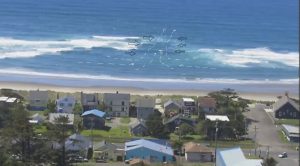
The water in a rip current often looks darker than the surrounding water.
Since rip currents transport sand, the water in them may look dirty or muddy when compared to the water around them.
You may notice sea foam extending further out into the surf in a rip current.
You may notice choppy, churning water or a break in the incoming wave pattern.
Polarized sunglasses help reduce the sun’s glare, so they can help make it easier to spot a rip current from the shore.

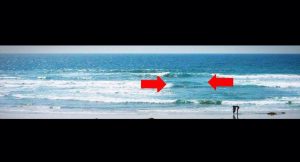
Rip Current Safety — Tips To Help Steer Clear
Since rip currents are so hard to spot from the beach or water, here are some other safety tips:
Make sure you know how to swim before going near the water. This sounds silly, but you would be surprised the people that don’t know how to swim that are “just going wading”. Wear a life jacket if you are even a little unsure of your swimming ability.
Don’t ever go swimming alone; Always have someone remain on the beach as a “spotter”, keeping their eyes on those in the water.
Always check the surf, tide and weather conditions, by checking the latest National Weather Service forecast.
If you should get caught in one, which happened several weeks ago on Rockaway Beach to two kids on a raft, stay calm, call for help and float WITH the current; wave your arms (this is the international sign for help.) Swim parallel to the shore until you are out of the current, then swim to shore, if you are able. If you see someone in trouble, do not become a victim, too! Call 911; yell instructions on how to escape; point the victim to swim north or south, the shortest way out of the rip.
As a reminder, there really is no safe spot to swim in the ocean off Rockaway Beach, or for that matter, any beaches along the Oregon Coast. Rip currents, tides, sneaker/rogue waves, logs, wind and weather can change quickly and are unpredictable.
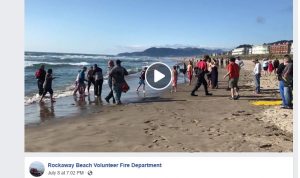
From Rockaway Beach Volunteer Fire:
On July 8th at 6 pm, Rockaway Fire responded to a water rescue call off of N 6th. After a short visual search, 3 victims were located approximately 100 yards beyond the beach after being pulled out by a rip current.
Our USV (unmanned surface vehicle) “Emily” was deployed and all 3 victims were successfully rescued with its use.
Our thanks to the Rockaway Police officers, Nehalem Fire and Rescue and the Coast Guard for their help.

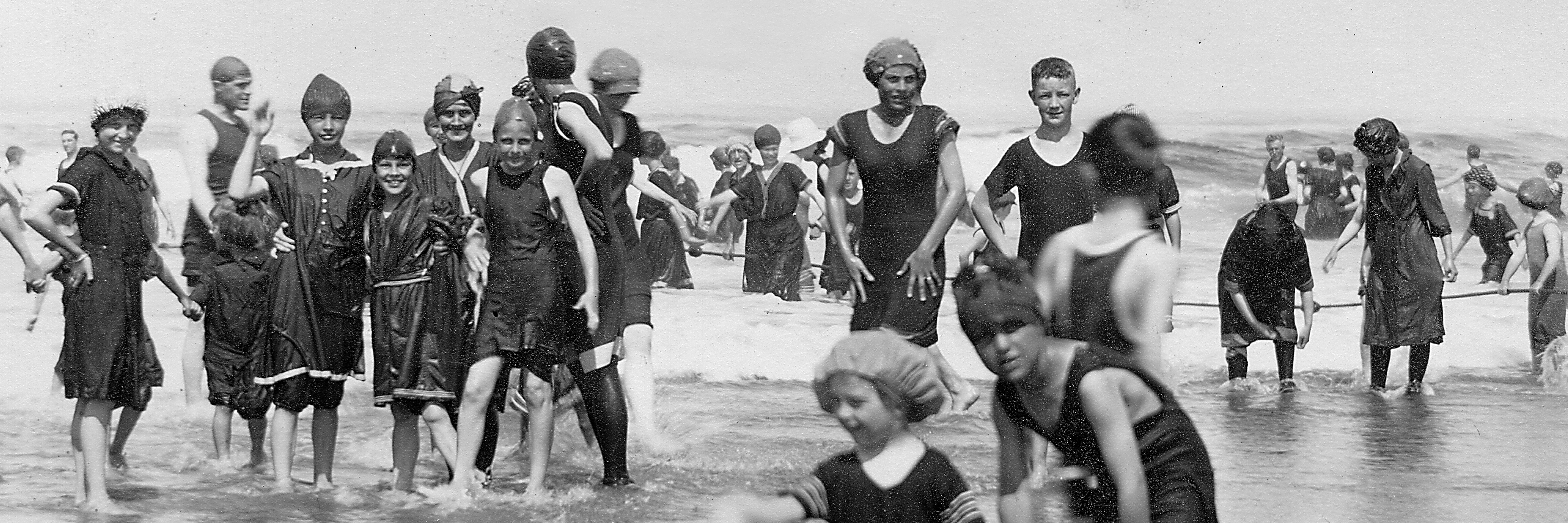
.png)